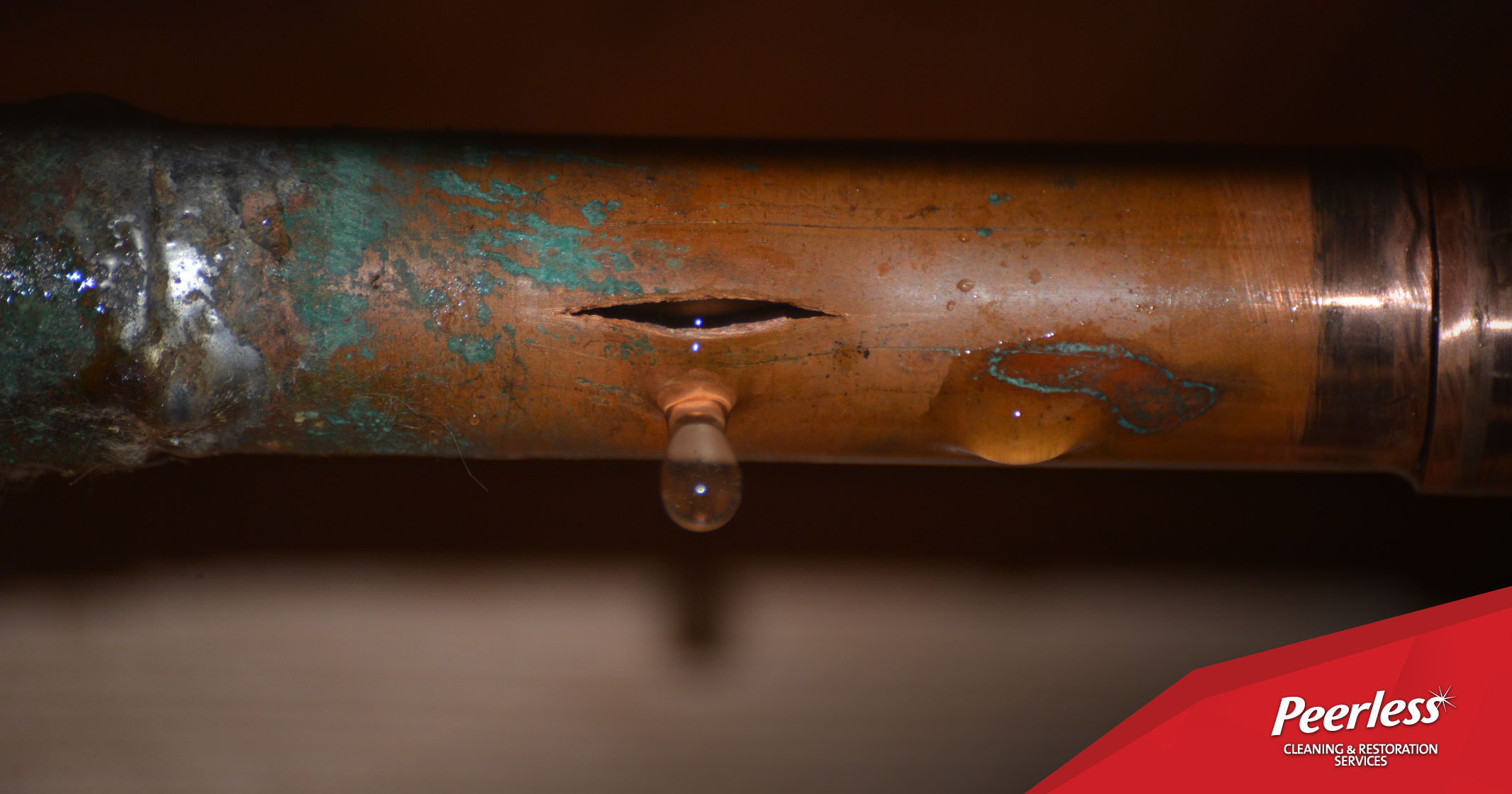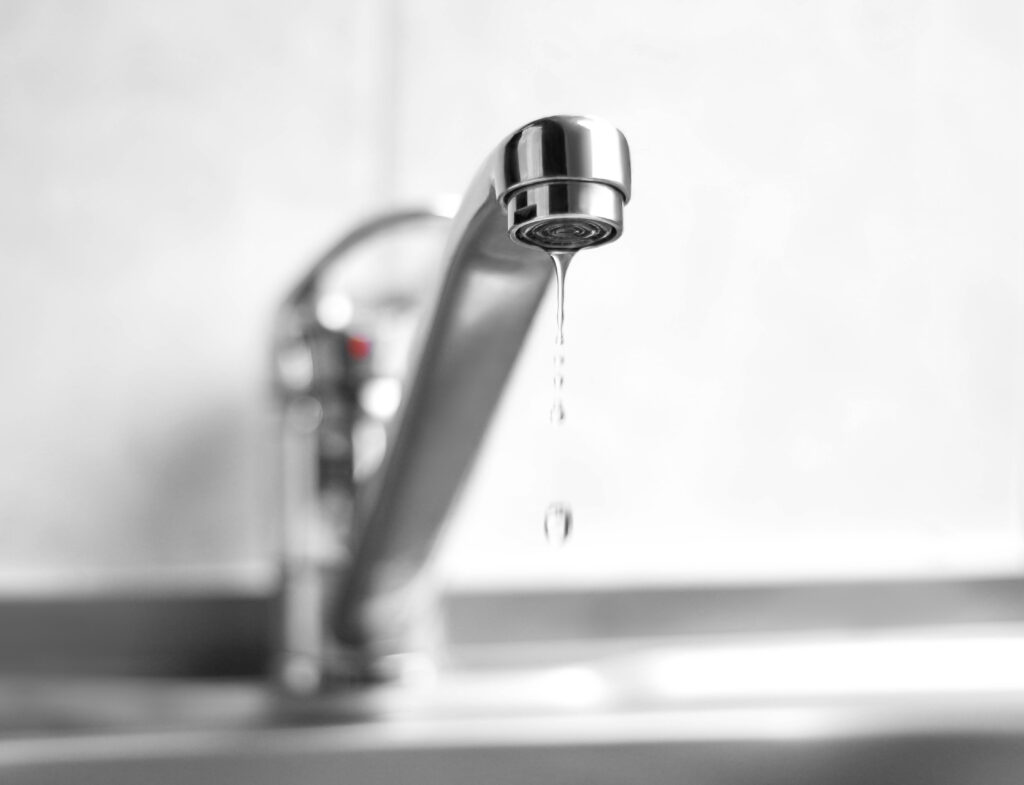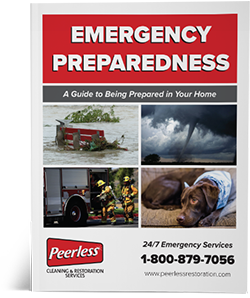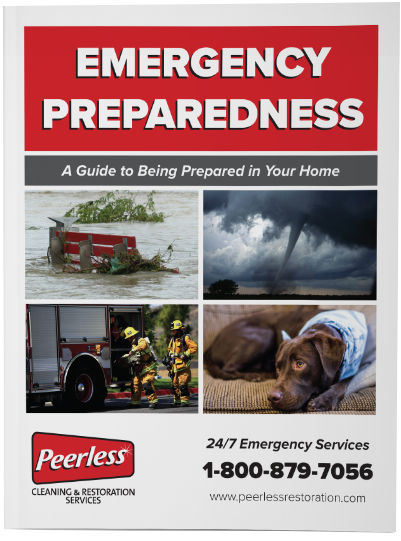How to Prevent Frozen Pipes in Your Property

As temperatures drop, frozen pipes can become a costly and stressful issue for homeowners and business owners alike. Taking preventive steps now can save you from expensive repairs and water damage later. At Peerless, we’re here to help you protect your property during winter and provide guidance on what to do if your pipes freeze.
Why Do Pipes Freeze?
When temperatures dip below freezing, water inside your pipes can turn to ice, expanding and creating pressure. This can lead to burst pipes, causing significant water damage to your property. Learn more about the science here.

How to Prevent Frozen Pipes
Taking proactive measures can reduce the risk of frozen pipes. Follow these tips to keep your property safe:
1. Insulate Pipes
Wrap pipes in exposed or unheated areas with insulation sleeves or heat tape. Focus on areas like basements, crawl spaces, garages, and attics.
2. Seal Gaps and Cracks
Inspect your property for gaps around windows, doors, and walls near pipes. Use caulk or insulation to seal these areas and keep cold air out.
3. Maintain a Consistent Temperature
Keep your thermostat set to a consistent temperature, even when you’re away. A minimum of 55°F is recommended to prevent freezing.
4. Let Faucets Drip
Allowing a slow trickle of water to flow through your faucets can help prevent pressure buildup in pipes, reducing the likelihood of freezing.
5. Open Cabinet Doors
In kitchens and bathrooms, leave cabinet doors open to allow warm air to circulate around pipes.
What to Do If Your Pipes Freeze
If you suspect your pipes have frozen, take these steps immediately:
1. Turn Off the Water Supply
Locate your main water shut-off valve and turn it off to prevent flooding if the pipe bursts.
2. Identify the Frozen Pipe
Look for visible signs of freezing, such as frost on the pipe, or areas where no water flows.
3. Thaw the Pipe Safely
- Use a hairdryer or portable heater to warm the frozen section of the pipe.
- Start at the faucet and work your way toward the frozen area to allow melting water to escape.
- Avoid open flames like torches, as they can damage the pipe and create fire hazards.
4. Check for Leaks
After thawing the pipe, inspect it for cracks or leaks. If you find damage, contact a professional immediately.

When to Call a Professional
If you’re unable to locate or safely thaw the frozen pipe, or if you discover significant damage, Peerless is here to help. With our expert water damage restoration services, we’ll assess the situation, repair any damage, and ensure your property is protected.
Protect Your Property This Winter
Taking preventive measures now can save you from the hassle and expense of frozen pipes later. If you’re dealing with water damage or need assistance preparing your property for winter, Peerless is your trusted local expert.
Contact us today to learn more about how we can help keep your home or business safe this winter.



